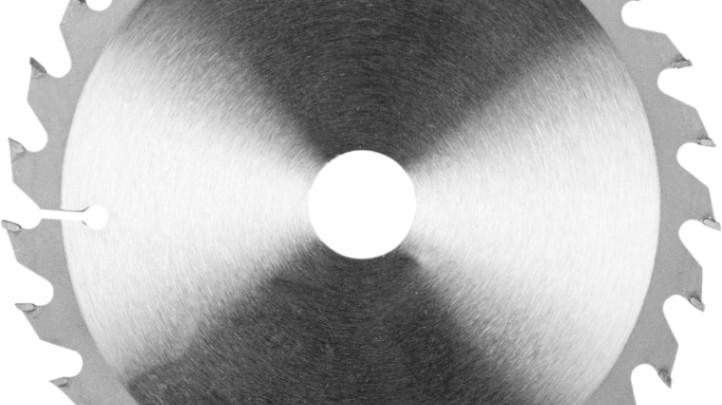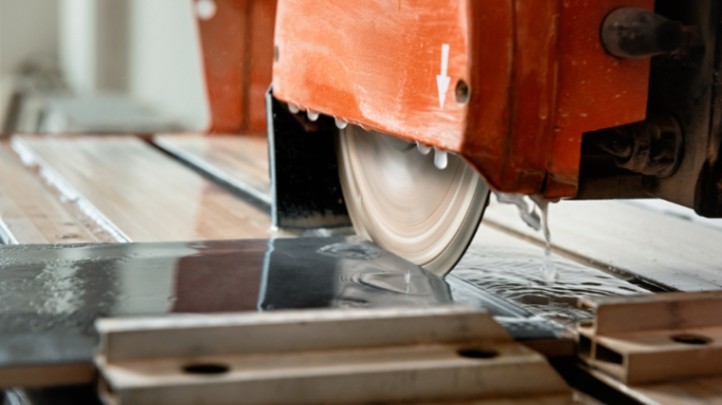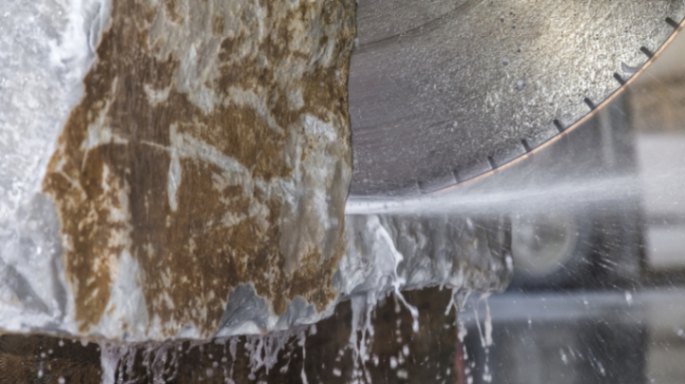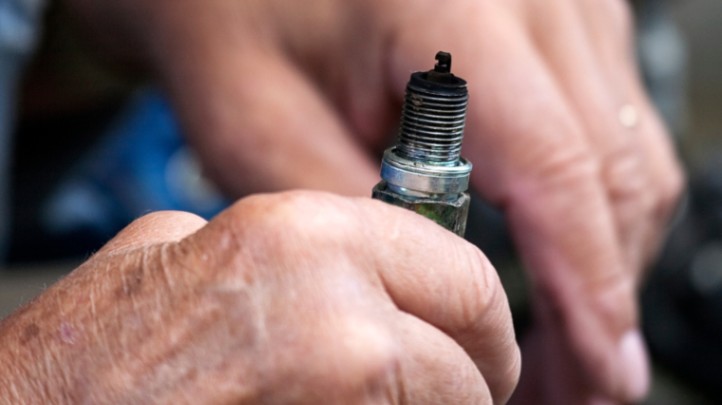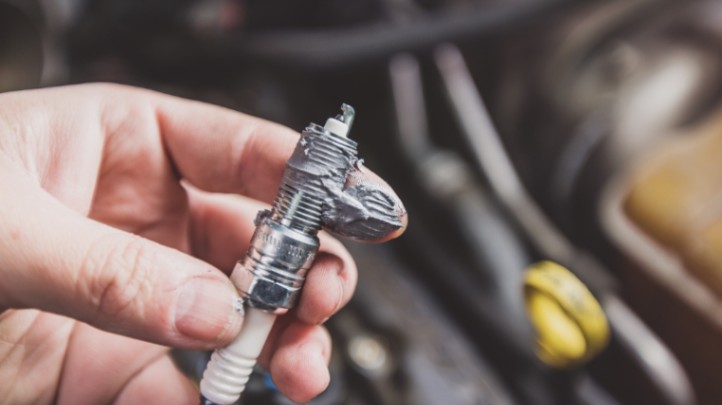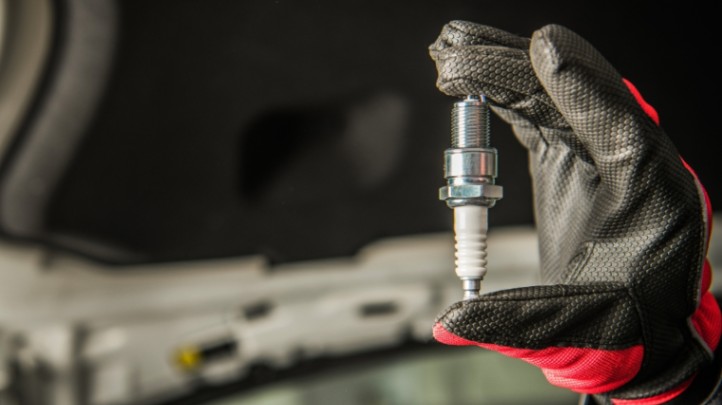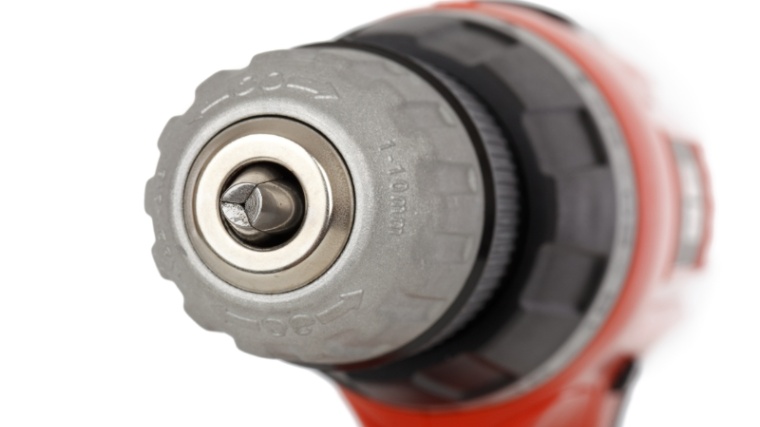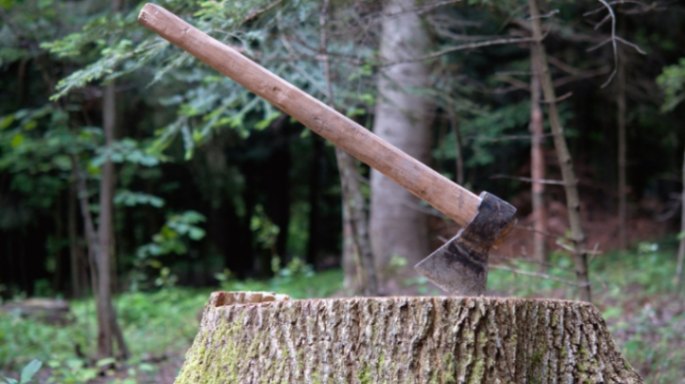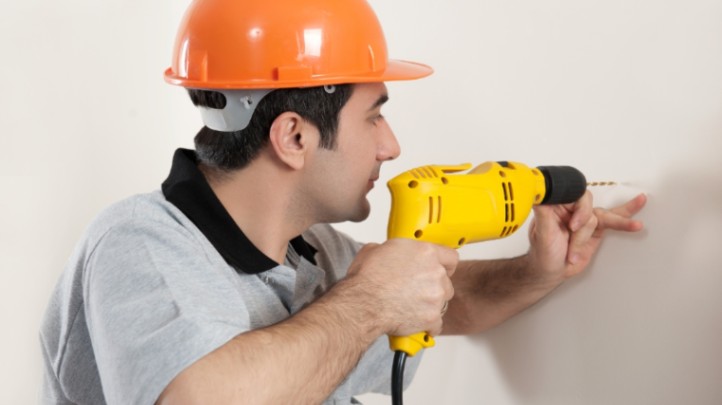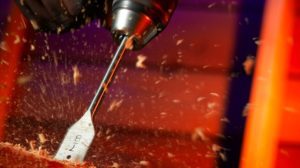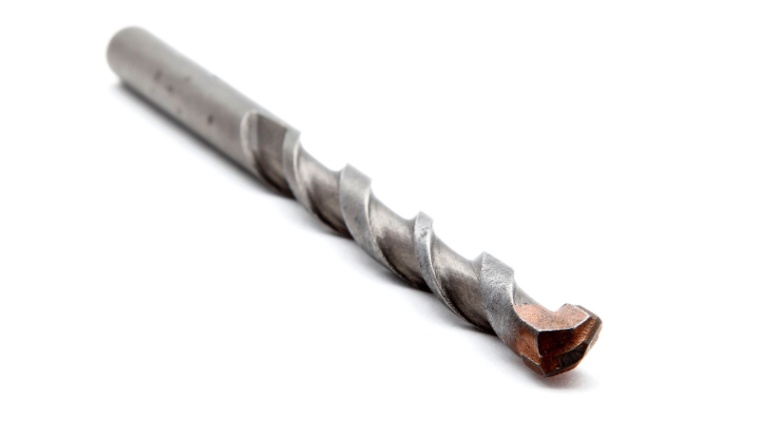Cutting hard materials can be daunting, but with the right tool, it can be done with ease and precision. Wet saw blades are essential for anyone working with stone, tile, and concrete. They offer several benefits over dry saw blades, including reduced heat buildup, clean and precise cuts, extended blade life, and dust suppression. This article will explore the importance of wet saw blades, the different types available, how to choose the right one, and how to use and maintain them properly.
What is a Wet Saw Blade?
A wet saw blade is explicitly designed for cutting hard materials like stone, tile, and concrete. They are called “wet” saw blades because they use water to cool the blade and reduce heat buildup during the cutting process. The water also helps to suppress dust and debris, making the cutting process cleaner and more efficient.
Benefits of Wet Saw Blade
There are several benefits to using a wet saw blade for cutting hard materials. Some of these benefits include:
Reduced Heat Buildup
The water used in wet saws helps cool the blade during cutting, reducing heat buildup. This is important because excessive heat can cause the blade to warp or even break, resulting in a dangerous situation for the operator.
Clean and Precise Cuts
Wet saw blades are designed to produce clean and precise cuts. The water used in the cutting process helps to keep the blade cool and lubricated, allowing it to cut smoothly and accurately. This is important when working with materials that require precise cuts, such as tile or stone.
Extended Blade Life
Because the water used in wet saws helps reduce heat buildup and lubricate the blade, it can extend the blade’s life. This can save you money in the long run by reducing the need to replace blades frequently.
Dust Suppression
Wet saw blades help to suppress dust and debris during the cutting process. This is important for several reasons, including improved visibility for the operator and better air quality in the workspace.
Types of Wet Saw Blades
Several types of wet saw blades are available, each designed for specific cutting applications. Some of the most common types include:
Continuous Rim Blades
Continuous rim blades are designed for cutting materials like ceramic tile and marble. They have a continuous edge, which provides a smooth and clean cut.
Turbo Rim Blades
Turbo rim blades are designed for cutting more rigid materials like granite and concrete.
Segmented Rim Blades
Segmented rim blades are designed for cutting through rigid materials like concrete, brick, and pavers. They have segmented edges that allow for more aggressive cutting.
Plated Blades
Plated blades are designed to cut through glass and other fragile materials. They have a layer of diamond particles on the blade’s edge, allowing for clean and precise cuts without damaging the material.
Factors to Consider When Choosing a Wet Saw Blade
Choosing the suitable wet saw blade is vital for achieving clean and precise cuts while extending the blade’s life. Here are some factors to consider when choosing a wet saw blade:
Material Being Cut
Different materials require different types of blades. For example, a continuous rim blade is ideal for cutting ceramic tile and marble, while a segmented rim blade is better suited for cutting through concrete and brick.
Blade Size and Arbor Size
Make sure to choose a blade size compatible with your wet saw, and also consider the arbor size to ensure a proper fit.
Blade Quality
Investing in a high-quality blade can save you money in the long run by extending the life of the blade and producing cleaner, more precise cuts.
Water Flow and Capacity
Ensure your wet saw provides adequate water flow and capacity to keep the blade cool and lubricated during the cutting process.
How to Use a Wet Saw Blade
Using a wet saw blade is a simple process but requires proper technique and safety precautions. Here are the steps to follow:
- Set up your wet saw according to the manufacturer’s instructions.
- Ensure the blade is securely attached and properly aligned with the cut material.
- Turn on the water flow to ensure adequate cooling and lubrication of the blade.
- Turn on the saw and slowly guide the material through the blade, applying steady pressure and keeping your hands and fingers away from the blade.
- Turn off the saw and water flow when the cut is complete.
- Maintenance and Care for Wet Saw Blades
Maintenance and Care for Wet Saw Blades
Proper maintenance and care for your wet saw blade can extend its life and ensure clean and precise cuts. Here are some tips to follow:
- Clean the blade after each use to remove any debris or buildup.
- Check the blade regularly for signs of wear or damage, and replace it if necessary.
- Store the blade in a dry, protected area to prevent rust or corrosion.
- Use a blade guard or cover when not in use to prevent damage.
- Common Mistakes to Avoid When Using Wet Saw Blades
Common Mistakes to Avoid When Using Wet Saw Blades
Here are some common mistakes to avoid when using a wet saw blade:
- Using the wrong blade for the material being cut.
- Applying too much pressure can cause the blade to warp or break.
- Not using enough water can cause excessive heat buildup and damage the blade.
- Please properly align the material with the blade, which can result in uneven cuts.
FAQs
- How do I choose the right wet saw blade for my project?
Choosing the proper wet saw blade depends on the type of material you will be cutting. Different materials require different blades, so selecting a blade specifically designed for the material you will be working with is essential. Consider factors like blade size, quality, water flow, and capacity when choosing.
- Can I use a wet saw blade for cutting other materials besides stone?
While wet saw blades are primarily designed to cut hard materials like stone, tile, and concrete, they can also be used to cut other materials like wood and metal. However, it is essential to choose a blade specifically designed for the material you will be cutting and use proper technique and safety precautions.
- How often should I clean my wet saw blade?
It is recommended to clean your wet saw blade after each use to remove any debris or buildup that may affect the blade’s performance. You can use a brush or a specialized cleaning solution to remove any buildup and ensure the blade is clean and debris-free.
- Can I sharpen a wet saw blade?
Sharpening a wet saw blade is generally not recommended, as the diamond particles on the blade’s edge are designed to wear down over time and expose new particles for cutting. However, some specialized sharpening tools are available for specific wet saw blades.
- Can a wet saw blade be used on a dry saw?
While wet saw blades are specifically designed for wet saws, some models may also be used with dry saws. However, following the manufacturer’s instructions and safety precautions is essential when using a wet saw blade with a dry saw. The lack of water cooling and lubrication may affect the blade’s performance and increase the risk of injury.
Conclusion
Wet saw blades are essential for anyone working with hard materials like stone, tile, and concrete. They offer several benefits over dry saw blades, including reduced heat buildup, clean and precise cuts, extended blade life, and dust suppression. When choosing a wet saw blade, it is crucial to consider factors like the material being cut, blade size and quality, and water flow and capacity. By following proper techniques and safety precautions, and properly maintaining and caring for your blade, you can achieve clean and precise cuts while extending the life of your blade.
